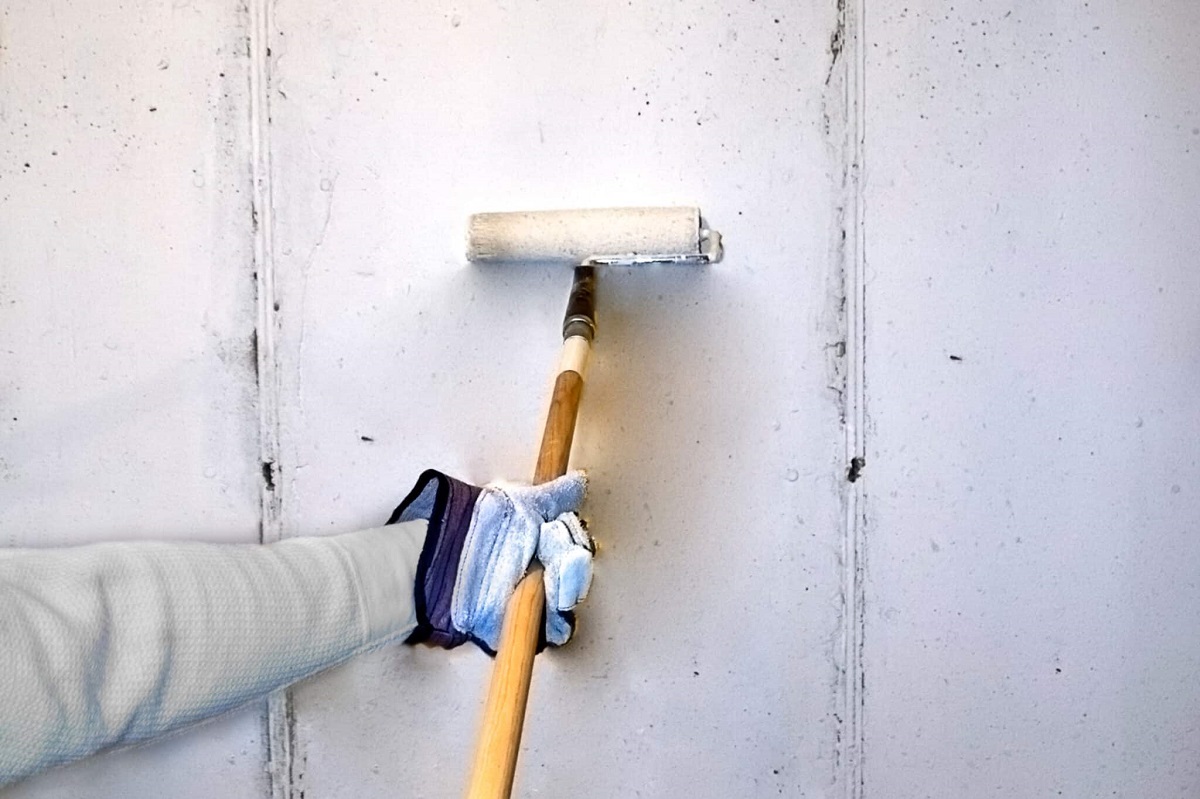

Articles
What To Use To Seal Basement Walls
Modified: December 7, 2023
Looking for articles on what to use to seal basement walls? Explore our comprehensive guide for expert advice and recommendations. Helpful tips and product reviews await!
(Many of the links in this article redirect to a specific reviewed product. Your purchase of these products through affiliate links helps to generate commission for Storables.com, at no extra cost. Learn more)
Introduction
When it comes to basement walls, sealing them is a crucial step in maintaining a dry and well-protected space. Basement walls are vulnerable to moisture, which can lead to issues such as mold growth, water damage, and structural deterioration. To prevent these problems and create a healthier living environment, it is essential to seal basement walls effectively.
Sealing basement walls involves the application of various products and techniques to create a barrier against water intrusion. This not only helps to keep the basement dry but also enhances the overall structural integrity of the building. However, with numerous sealing options available in the market, it can be overwhelming to determine which one to use.
In this article, we will explore the different types of sealants commonly used for sealing basement walls and provide guidance on how to choose the right one for your specific needs. We will also discuss the application process and provide maintenance and repair tips to ensure long-lasting and effective sealing.
Key Takeaways:
- Properly sealing basement walls is essential for preventing water intrusion, maintaining structural integrity, improving energy efficiency, and creating a healthier indoor environment. Consider factors such as water intrusion extent, wall material, and application method to choose the right sealant.
- Common types of sealants for basement walls include waterproofing paint, concrete sealer, sealant injection, epoxy coating, Drylock, and exterior waterproofing membrane. Each type has its own advantages and considerations, so evaluate and select the one that best suits your basement’s requirements.
Read more: What To Use To Seal A Brick Wall
Purpose of Sealing Basement Walls
The primary purpose of sealing basement walls is to prevent water and moisture from entering the basement. Water intrusion can cause a wide range of problems, including damage to the foundation, mold growth, musty odors, and even health issues for the occupants of the space.
By sealing the basement walls, you create a barrier that prevents water from seeping through cracks, gaps, or porous surfaces. This helps to keep the basement dry and free from moisture-related issues.
Sealing basement walls also helps to maintain the structural integrity of the building. Excess moisture can weaken the foundation and cause cracks or shifting. By preventing water penetration, you reduce the risk of foundation damage and ensure the stability of the entire structure.
In addition, sealing basement walls can also improve energy efficiency. Moisture in the basement can lead to higher humidity levels throughout the house, making it harder for HVAC systems to regulate temperature. By sealing the walls, you create a more controlled and comfortable indoor environment, reducing energy consumption and utility costs.
Furthermore, sealing basement walls can enhance indoor air quality. Moisture and water intrusion can promote the growth of mold and mildew, which release spores into the air. These spores can trigger allergies, asthma, and other respiratory issues. By preventing moisture, you create a healthier living environment for you and your family.
Overall, the purpose of sealing basement walls is to protect the structural integrity of the building, prevent water damage, improve energy efficiency, and maintain a healthy indoor environment. It is an essential step in basement maintenance and should not be overlooked.
Factors to Consider before Sealing
Before you embark on sealing your basement walls, there are a few important factors to consider. These factors will help you determine the most suitable sealant and application method for your specific situation. Let’s explore them:
- Extent of water intrusion: Assess the severity of water intrusion in your basement. Is it just occasional dampness, or do you have visible signs of water damage? Understanding the degree of water intrusion will help you choose the appropriate sealant with the necessary level of waterproofing capabilities.
- Cause of water intrusion: Identify the source of water infiltration into your basement. It could be due to surface water runoff, high water table, hydrostatic pressure, or plumbing leaks. Knowing the root cause will enable you to address it properly and choose the right sealant to combat the specific issue.
- Wall material: Consider the material of your basement walls. Common wall materials include concrete, cinder block, or brick. Different sealants are suited for different wall materials, so it’s essential to select one that is compatible and provides effective adhesion and coverage.
- Interior or exterior application: Decide whether you want to seal the walls from the inside or the outside. Interior sealing is more common and accessible, but if you have severe water intrusion issues or want to undertake a comprehensive waterproofing approach, exterior sealing may be necessary.
- Preparation required: Assess the condition of your basement walls and the amount of preparation required before applying the sealant. It may involve cleaning the walls, filling cracks or gaps, removing existing paint or coatings, or applying a primer. Adequate preparation is crucial for the sealant to adhere properly and provide effective protection.
- Budget and time constraints: Consider your budget and the time available for the sealing project. Some sealants can be costlier but offer long-term durability, while others may require more frequent maintenance or reapplication. Choose a sealant that aligns with your budget and time constraints.
By carefully considering these factors, you will be able to make an informed decision regarding the type of sealant and the approach you should take to achieve the best sealing results for your basement walls.
Common Types of Sealants
When it comes to sealing basement walls, there are several types of sealants available in the market. Understanding the characteristics and benefits of each can help you choose the most appropriate option for your basement. Let’s explore some of the common types of sealants:
- Waterproofing Paint: Waterproofing paint is a popular choice for sealing basement walls. It is a special type of paint that contains additives to create a moisture-resistant barrier. Waterproofing paint can be applied directly to the interior walls and provides a decorative finish as well as water repellency. However, it is important to note that waterproofing paint is not a permanent solution for significant water intrusion issues.
- Concrete Sealer: Concrete sealer is specifically designed to protect and seal concrete surfaces, including basement walls. It forms a protective layer on the concrete, preventing moisture from penetrating. Concrete sealer can be applied to both interior and exterior walls and is available in different formulations, such as acrylic-based, epoxy-based, or silicate-based sealers.
- Sealant Injection: Sealant injection involves injecting a liquid sealant into cracks and gaps in the basement walls. This method is effective for addressing minor cracks and preventing water intrusion. The sealant typically cures and expands to create a watertight seal. However, sealant injection may require professional assistance for proper application.
- Epoxy Coating: Epoxy coating is a durable and long-lasting sealant option for basement walls. It consists of a two-part epoxy resin that needs to be mixed before application. Epoxy coating forms a thick, hard, and protective layer that can withstand moisture, chemical exposure, and abrasion. It is suitable for both interior and exterior applications.
- Drylock: Drylock is a brand of waterproofing paint that is specifically formulated for basement walls. It is a water-based paint that creates a barrier against moisture and can withstand hydrostatic pressure. Drylock is easy to apply and provides a decorative finish. However, it is important to properly prepare the walls before applying Drylock for optimal results.
- Exterior Waterproofing Membrane: For severe water intrusion issues, exterior waterproofing membrane is often recommended. This involves applying a thick waterproofing membrane or membrane coating on the exterior side of the basement walls. The membrane acts as a barrier, preventing water from reaching the walls. This method requires excavation around the foundation of the building, making it more complex and costly.
Each type of sealant has its own set of advantages, disadvantages, and application requirements. Consider the specific needs of your basement and consult with a professional if necessary to determine which sealant option is best suited for your situation.
Waterproofing Paint
Waterproofing paint is a commonly used sealant for basement walls. It is a type of paint that contains special additives designed to create a moisture-resistant barrier on the walls and prevent water intrusion.
Waterproofing paint can be applied to both interior and exterior basement walls. It is available in different formulations, including latex-based and oil-based paints. Latex-based waterproofing paint is more commonly used due to its ease of application and low odor.
One of the major advantages of waterproofing paint is its ease of application. It can be applied with a brush or roller, just like regular paint. This makes it a convenient option for homeowners looking to seal their basement walls without the need for professional assistance.
Waterproofing paint also provides a decorative finish. It is available in various colors, allowing homeowners to choose a paint color that matches their basement’s aesthetics. This not only helps in sealing the walls but also enhances the overall appearance of the basement.
However, it’s important to note that waterproofing paint is not a permanent solution for significant water intrusion issues. It is more suitable for minor dampness or occasional water seepage. Additionally, the effectiveness of waterproofing paint depends on the proper preparation of the walls. It is crucial to clean the walls thoroughly, fill any cracks or gaps, and apply a primer before applying the waterproofing paint for optimal results.
Another consideration with waterproofing paint is that it may require periodic maintenance. Over time, the paint may begin to wear off or peel due to moisture, sunlight exposure, or humidity. Regular inspection and touch-up application may be necessary to ensure continued protection.
Overall, waterproofing paint can be a cost-effective and convenient option for sealing basement walls with minor water intrusion issues. It provides a decorative finish, is easy to apply, and helps in maintaining a dry and protected basement environment. However, for more severe water problems, other sealing methods or professional assistance may be required.
Read more: How To Seal A Basement Window
Concrete Sealer
Concrete sealer is a popular choice for sealing basement walls, especially when the walls are made of concrete, cinder block, or brick. It is specifically designed to protect and seal concrete surfaces, creating a barrier against water intrusion and moisture damage.
Concrete sealer is available in various formulations, including acrylic-based, epoxy-based, and silicate-based sealers. Each type of sealer offers different benefits and characteristics, so it’s important to choose the one that best suits your specific needs.
One of the main advantages of using a concrete sealer is its ability to provide effective protection against water penetration. The sealer forms a protective layer on the surface of the walls, filling in pores and preventing moisture from seeping through. This helps to keep the basement dry and prevents issues like mold growth and structural damage.
Concrete sealer can be applied to both interior and exterior basement walls. It is typically applied using a brush, roller, or sprayer. The application process may require multiple coats, depending on the porosity of the walls and the desired level of waterproofing.
In addition to its waterproofing properties, concrete sealer also offers other benefits. It can enhance the durability and lifespan of the basement walls by providing resistance against abrasion, chemicals, and UV rays. It can also improve the appearance of the walls by creating a glossy or matte finish, depending on the type of sealer used.
When using a concrete sealer, proper preparation of the walls is crucial for optimal results. The walls should be cleaned thoroughly to remove dirt, dust, and any existing coatings. Cracks and gaps should be repaired before applying the sealer. Applying a primer may also be necessary to ensure good adhesion and coverage.
It’s important to note that concrete sealer is not a solution for major structural issues or significant water intrusion problems. If you have severe water leakage or foundation issues, it’s advisable to consult with a professional contractor who can assess the situation and recommend suitable waterproofing solutions.
Overall, concrete sealer is a reliable choice for sealing basement walls, particularly when dealing with concrete, cinder block, or brick surfaces. It provides effective protection against water intrusion, enhances the durability of the walls, and offers an aesthetically pleasing finish.
Sealant Injection
Sealant injection is a technique used to address cracks and gaps in basement walls. This method involves injecting a liquid sealant into the cracks to create a watertight seal and prevent water infiltration.
Sealant injection is effective for minor cracks and gaps in the basement walls, such as those caused by settling or concrete shrinkage. It can help to stop water seepage and prevent further damage to the walls and foundation.
The sealant used for injection is typically a liquid or foam-based material that cures and expands to fill the cracks completely. This creates a solid and watertight seal, preventing water from entering the basement.
The process of sealant injection begins with identifying and preparing the cracks. The cracks are cleaned and prepared to ensure proper adhesion of the sealant. In some cases, it may be necessary to widen the cracks to create a better surface for injection.
Once the cracks are ready, the sealant is injected using specialized tools, such as injection ports and injection guns. The sealant is carefully injected into the cracks, filling them from the inside out. The sealant cures and expands, filling any voids and creating a durable seal.
Sealant injection offers several advantages for sealing basement walls. It is a cost-effective method compared to other sealing options, especially for smaller cracks. It can be done without major excavation or extensive wall preparation.
Another benefit of sealant injection is that it provides a long-lasting solution. The sealant forms a solid and flexible barrier, capable of withstanding the movement and pressure exerted on the walls. It helps to prevent further cracking and water intrusion in the future.
However, it’s important to note that sealant injection may not be suitable for all types of cracks or severe water intrusion issues. It is best for smaller cracks, and if the cracks are due to structural issues, it’s important to address the underlying cause before applying sealant injection.
Sealant injection can be a DIY project for minor cracks, but for larger or more complex cracks, it is recommended to seek professional assistance. They have the expertise and equipment to assess the cracks accurately and determine the most effective injection method.
In summary, sealant injection is a practical and cost-effective approach to sealing basement walls. It is particularly suitable for smaller cracks and provides a long-lasting solution to prevent water intrusion. However, proper assessment and preparation are necessary to ensure the success of the injection process.
Use a waterproofing sealer specifically designed for basement walls, such as a silicate-based or acrylic-based sealer. Make sure to clean and prepare the walls properly before applying the sealer for best results.
Epoxy Coating
Epoxy coating is a durable and long-lasting sealant option for basement walls. It consists of a two-part epoxy resin that needs to be mixed before application. When applied to the walls, the epoxy coating forms a thick, hard, and protective layer that can withstand moisture, chemical exposure, and abrasion.
Epoxy coating is commonly used for both interior and exterior applications. It provides excellent resistance against water intrusion, making it an effective choice for sealing basement walls and preventing moisture-related issues.
One of the main advantages of epoxy coating is its exceptional durability. Once cured, epoxy coating creates a strong and resilient barrier that can withstand heavy use and provide long-lasting protection. It can withstand high levels of moisture and is resistant to peeling, cracking, and chipping.
Epoxy coating is also known for its chemical resistance. It can protect basement walls from damage caused by chemicals, such as oil, gasoline, and cleaning agents. This makes it a suitable choice for basements that may be exposed to these substances.
In addition to its protective properties, epoxy coating offers a smooth and attractive finish for basement walls. It is available in a variety of colors and can be customized to match your desired aesthetic. The glossy or matte finish of epoxy coating can enhance the appearance of the walls and create a sleek, professional look.
However, it’s important to note that the application process for epoxy coating can be more involved compared to other sealants. It requires proper surface preparation, including cleaning, smoothing, and, in some cases, applying a primer. Additionally, epoxy coating may require multiple coats for optimal coverage and thickness.
To ensure successful application, it is recommended to follow the manufacturer’s instructions and use the appropriate tools and safety precautions. Proper ventilation is crucial when working with epoxy materials, as they can emit fumes during application and curing.
Overall, epoxy coating is a reliable sealant option for basement walls. Its durability, moisture resistance, chemical resistance, and attractive finish make it a popular choice for homeowners looking to achieve long-lasting protection for their basement walls.
Drylock
Drylock is a brand of waterproofing paint specifically formulated for basement walls. It is designed to provide a protective barrier against water intrusion and prevent moisture-related issues in the basement.
Drylock is a water-based paint that contains special additives and chemicals to create a water-resistant and moisture-repellent coating. It is available in both latex-based and oil-based formulations, offering different application options depending on your specific needs and preferences.
One of the main advantages of Drylock is its ease of application. It can be applied using a brush, roller, or sprayer, just like regular paint. This makes it a convenient choice for homeowners who want to seal their basement walls themselves without the need for professional assistance.
Drylock not only provides waterproofing capabilities but also offers a decorative finish. It is available in various colors, allowing homeowners to choose a paint color that matches their basement’s aesthetic. This not only enhances the overall appearance of the basement but also adds a layer of protection to the walls.
Another advantage of Drylock is its ability to withstand hydrostatic pressure. Hydrostatic pressure occurs when water exerts force against the basement walls, typically due to high water table or poor drainage. Drylock’s unique formulation allows it to resist the pressures caused by water, providing an additional level of protection.
However, it’s important to note that proper surface preparation is essential for the success of Drylock application. The walls should be cleaned thoroughly to remove any dirt, dust, or existing coatings. Cracks, gaps, and imperfections should be repaired before applying Drylock to ensure a smooth and even finish.
While Drylock is effective in preventing minor water intrusion and dampness, it may not be suitable for severe water leakage issues or major structural problems. In such cases, it is recommended to consult with a professional contractor who can assess the situation and suggest appropriate waterproofing solutions.
Regular maintenance is necessary with Drylock to ensure its ongoing effectiveness. Periodic inspections should be conducted to check for any signs of peeling or damage. If any areas require touch-up or reapplication, it should be done promptly to maintain the integrity of the waterproofing barrier.
In summary, Drylock is a convenient and effective option for sealing basement walls. Its ease of application, decorative finish, and ability to resist hydrostatic pressure make it a popular choice among homeowners. However, proper surface preparation and regular maintenance are crucial for long-lasting protection and performance.
Read more: How To Seal Concrete Basement Floor
Exterior Waterproofing Membrane
An exterior waterproofing membrane is a comprehensive and advanced solution for sealing basement walls. It involves applying a thick waterproofing membrane or membrane coating on the exterior side of the basement walls to create a barrier against water infiltration.
This method is typically recommended for severe water intrusion issues or when a comprehensive waterproofing approach is desired. It is particularly effective in areas with high water tables, heavy rainfall, or poor soil drainage.
The process of applying an exterior waterproofing membrane begins with excavating the soil around the foundation of the building to expose the basement walls. The walls are then cleaned and prepared, ensuring that they are free from dirt, debris, and any existing coatings.
After the preparation, a waterproofing membrane or coating is applied to the exterior walls using a brush, roller, or spray. This membrane forms a thick and durable layer that adheres to the walls and acts as a barrier against water intrusion.
One of the main advantages of an exterior waterproofing membrane is its ability to address water infiltration from the outside before it reaches the basement walls. By creating a barrier on the exterior side of the walls, it prevents water from seeping into the foundation.
Another advantage is that the exterior waterproofing membrane provides a more effective and long-lasting solution compared to interior sealants. It protects the entire exterior surface of the walls, reducing the potential for water leakage and moisture-related issues.
Additionally, an exterior waterproofing membrane protects the basement walls from damage caused by soil pressure and hydrostatic pressure. By preventing water saturation in the surrounding soil, it minimizes the risk of foundation cracks, shifting, or other structural problems.
While effective, it’s important to note that applying an exterior waterproofing membrane can be a more complex and costly process compared to other sealing methods. It requires excavation, which can disrupt the landscape and require careful planning. Professional expertise and equipment may be necessary for proper installation.
Ultimately, the decision to use an exterior waterproofing membrane depends on the severity of water intrusion and the specific characteristics of the building. Consulting with a professional contractor experienced in waterproofing can help determine whether this method is suitable for your basement walls.
In summary, an exterior waterproofing membrane is a comprehensive solution for sealing basement walls. It provides an effective barrier against water intrusion from the outside and protects the structural integrity of the walls. However, it requires professional installation and should be considered for severe water issues or as part of a comprehensive waterproofing strategy.
Choosing the Right Sealant
Choosing the right sealant for your basement walls is crucial to ensure effective and long-lasting protection against water intrusion. With various options available, it’s important to consider the following factors to make an informed decision:
- Type of water intrusion: Assess the type and severity of water intrusion in your basement. Is it occasional dampness, minor leaks, or significant flooding? Different sealants have different waterproofing capabilities, so understanding the extent of water intrusion will help you choose the appropriate sealant.
- Wall material: Consider the material of your basement walls. Common wall materials include concrete, cinder block, or brick. Certain sealants may be more suitable for specific wall materials, providing better adhesion and durability.
- Interior or exterior application: Determine whether you want to seal the walls from the inside or outside. Interior sealants are more accessible and convenient for DIY projects, while exterior sealants provide a more comprehensive solution for severe water issues.
- Product characteristics: Evaluate the key characteristics of each sealant, such as durability, chemical resistance, flexibility, and ease of application. Consider the specific needs of your basement and choose a sealant that aligns with those requirements.
- Budget and time constraints: Consider your budget and the time available for the sealing project. Some sealants may require professional installation, which can increase the cost. Also, take into account any maintenance or reapplication requirements, as certain sealants may need regular upkeep.
- Consultation with professionals: If you’re unsure which sealant is most appropriate for your basement walls, consider consulting with waterproofing professionals. They can assess your specific situation, advise on the best sealing options, and ensure proper installation.
By carefully considering these factors and conducting thorough research, you can choose the right sealant that meets your needs and provides the necessary protection for your basement walls. Remember, effective sealing is essential for maintaining a dry and healthy living space.
Application Process
The application process for sealing basement walls may vary depending on the type of sealant chosen. However, there are general steps to follow to ensure proper application and effective sealing. Here is a general outline of the application process:
- Preparation: Begin by preparing the walls for sealing. Clean the walls thoroughly to remove any dirt, dust, or debris. Repair any cracks or gaps with an appropriate filler or patching compound. If necessary, apply a primer to ensure proper adhesion of the sealant.
- Read and follow instructions: Carefully read the manufacturer’s instructions on the sealant product. Familiarize yourself with the recommended application methods, tools, and safety precautions. Different sealants may have specific requirements, so it’s important to follow the instructions closely.
- Apply sealant: Apply the sealant according to the instructions. Use the recommended application tool, such as a brush, roller, sprayer, or injection system, depending on the sealant type. Apply the sealant evenly and ensure that it covers the entire surface, including cracks, gaps, and corners.
- Allow for curing or drying time: Depending on the sealant, it may require some time to cure or dry. Follow the recommended drying time before proceeding to the next step or applying additional coats, if necessary. This will ensure that the sealant has properly set and provides effective protection.
- Apply additional coats (if necessary): Some sealants may require multiple coats for optimal coverage and thickness. If additional coats are recommended by the manufacturer, allow the previous coat to dry completely before applying the next coat. This will help build a strong and durable barrier against water intrusion.
- Clean up: After completing the application, clean up any tools or equipment used, following the manufacturer’s instructions for proper disposal. Remove any tape or protective coverings from the surrounding area, and ensure that the work area is clean and safe.
It is important to note that specific sealants may have additional or alternative steps in the application process. Always refer to the instructions provided by the manufacturer to ensure proper application and to achieve the best results.
Moreover, if you’re unsure or uncomfortable with the application process, it is recommended to seek professional assistance. Professional waterproofing contractors have the experience and expertise to properly apply sealants and ensure effective sealing of basement walls.
By following these general guidelines and instructions specific to the chosen sealant, you can achieve a successful application and create a strong and reliable barrier against water intrusion in your basement walls.
Maintenance and Repair Tips
Maintaining and repairing the sealant on your basement walls is essential to ensure its continued effectiveness in preventing water intrusion. Here are some maintenance and repair tips to help you maintain a dry and protected basement:
- Regular inspections: Conduct regular inspections of your basement walls to check for any signs of water leakage, peeling, cracking, or damage to the sealant. This includes both interior and exterior walls. Early detection of issues allows for prompt repairs and prevents further damage.
- Addressing leaks promptly: If you notice any water leaks or dampness on the walls, address them promptly. Identify the source of the water intrusion and take appropriate measures to repair it. This may involve fixing plumbing leaks, improving drainage systems, or addressing external drainage issues.
- Repairs and touch-ups: If you find any areas where the sealant has peeled, cracked, or become damaged, make the necessary repairs or touch-ups. Follow the manufacturer’s instructions for repairing the specific sealant type. Properly clean and prepare the area before applying the sealant for optimal adhesion and effectiveness.
- Regular cleaning: Clean the basement walls regularly to remove any dirt, dust, or debris that could compromise the effectiveness of the sealant. Use a mild detergent or cleaner suitable for the specific sealant type, and avoid using harsh chemicals that could damage the sealant or the walls.
- Proper ventilation: Ensure proper ventilation in your basement to control humidity levels. Excess moisture in the air can contribute to mold growth and compromise the sealant. Use dehumidifiers if necessary and ensure adequate airflow to keep the basement dry.
- Professional inspections and maintenance: Consider scheduling regular professional inspections and maintenance of your basement walls, especially if you have more complex waterproofing systems or if you’re unsure about the condition of the sealant. Professional waterproofing contractors can assess the integrity of the sealant, identify potential issues, and provide necessary repairs or maintenance.
By following these maintenance and repair tips, you can ensure the longevity and effectiveness of the sealant on your basement walls. Consistent upkeep and prompt repairs will help maintain a dry and protected basement, reducing the risk of water damage and creating a healthier living environment.
Read more: What Type Of Paint For Basement Walls
Conclusion
Sealing basement walls is a crucial step in maintaining a dry, protected, and healthy living space. It helps to prevent water intrusion, moisture-related issues, and structural damage. By understanding the different types of sealants available and considering factors such as the extent of water intrusion, wall material, and application method, you can choose the right sealant for your specific needs.
Common types of sealants for basement walls include waterproofing paint, concrete sealer, sealant injection, epoxy coating, Drylock, and exterior waterproofing membrane. Each type has its own advantages and considerations, so it’s important to evaluate and select the one that suits your basement’s requirements best.
The application process for sealing basement walls may vary depending on the chosen sealant. Proper preparation, following manufacturer’s instructions, and allowing for adequate curing or drying time are key steps to ensure successful application. Regular maintenance and prompt repairs are essential to prolong the effectiveness of the sealant and address any issues that may arise.
Sealing basement walls is an investment in the longevity and integrity of your home. It creates a barrier against water intrusion, improves energy efficiency, enhances indoor air quality, and protects the structural integrity of the building. By taking the necessary steps to seal and maintain your basement walls, you can create a dry, healthy, and inviting space for you and your family to enjoy.
Remember, if you are unsure about the sealing process or have more complex water intrusion issues, it is always advisable to consult with professional waterproofing contractors. They have the expertise and experience to assess your specific situation, recommend the best sealing solutions, and ensure proper installation.
Ultimately, a properly sealed basement is an investment that provides peace of mind and contributes to the overall well-being of your home and family for years to come.
Frequently Asked Questions about What To Use To Seal Basement Walls
Was this page helpful?
At Storables.com, we guarantee accurate and reliable information. Our content, validated by Expert Board Contributors, is crafted following stringent Editorial Policies. We're committed to providing you with well-researched, expert-backed insights for all your informational needs.
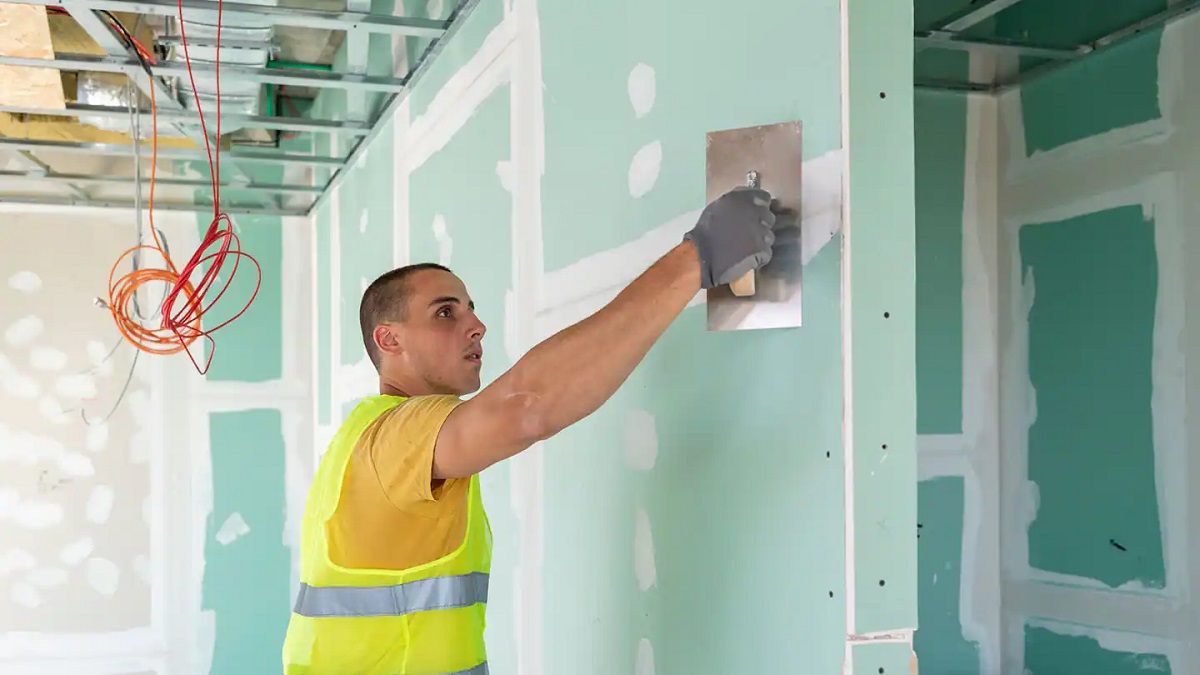
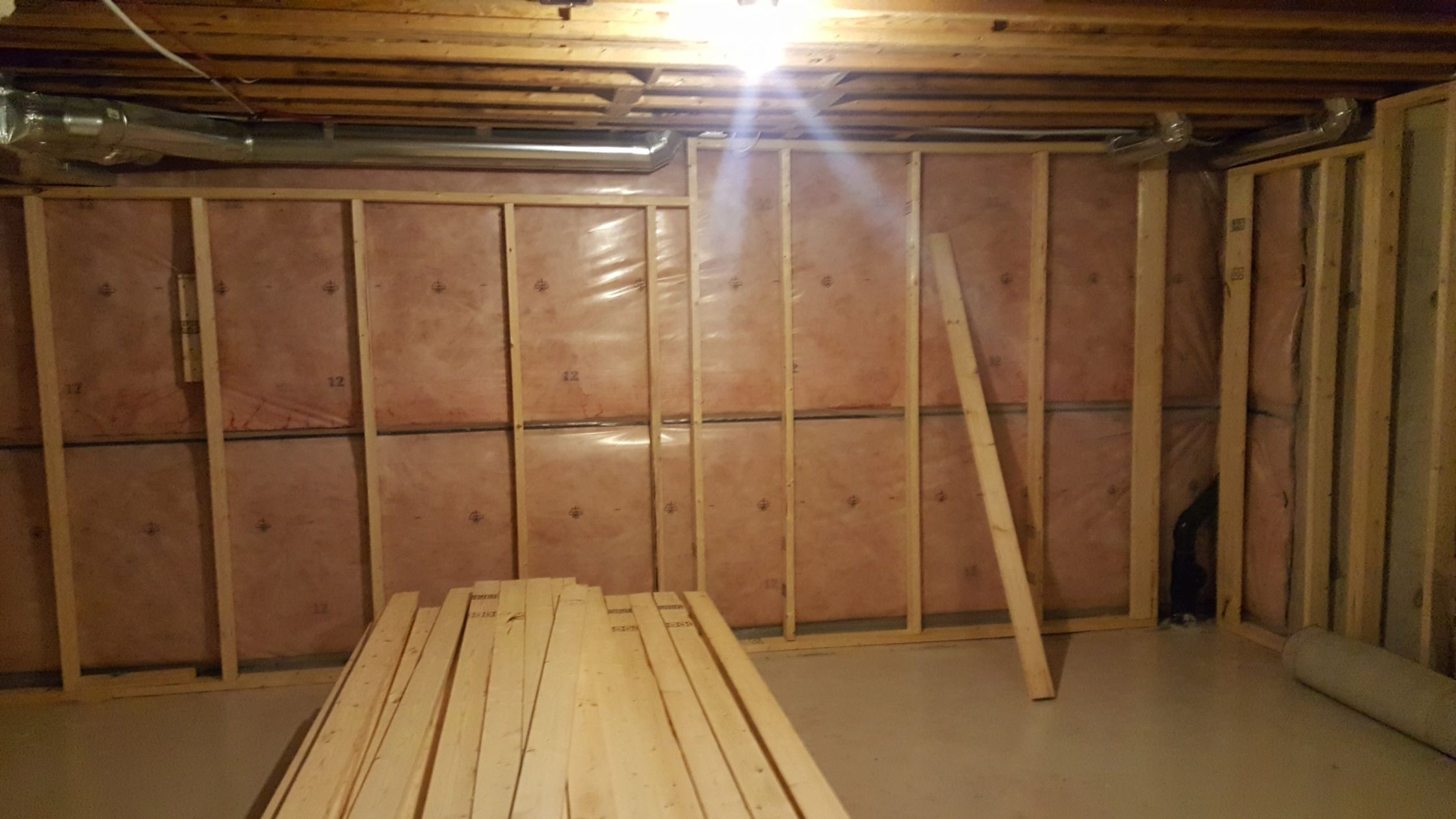
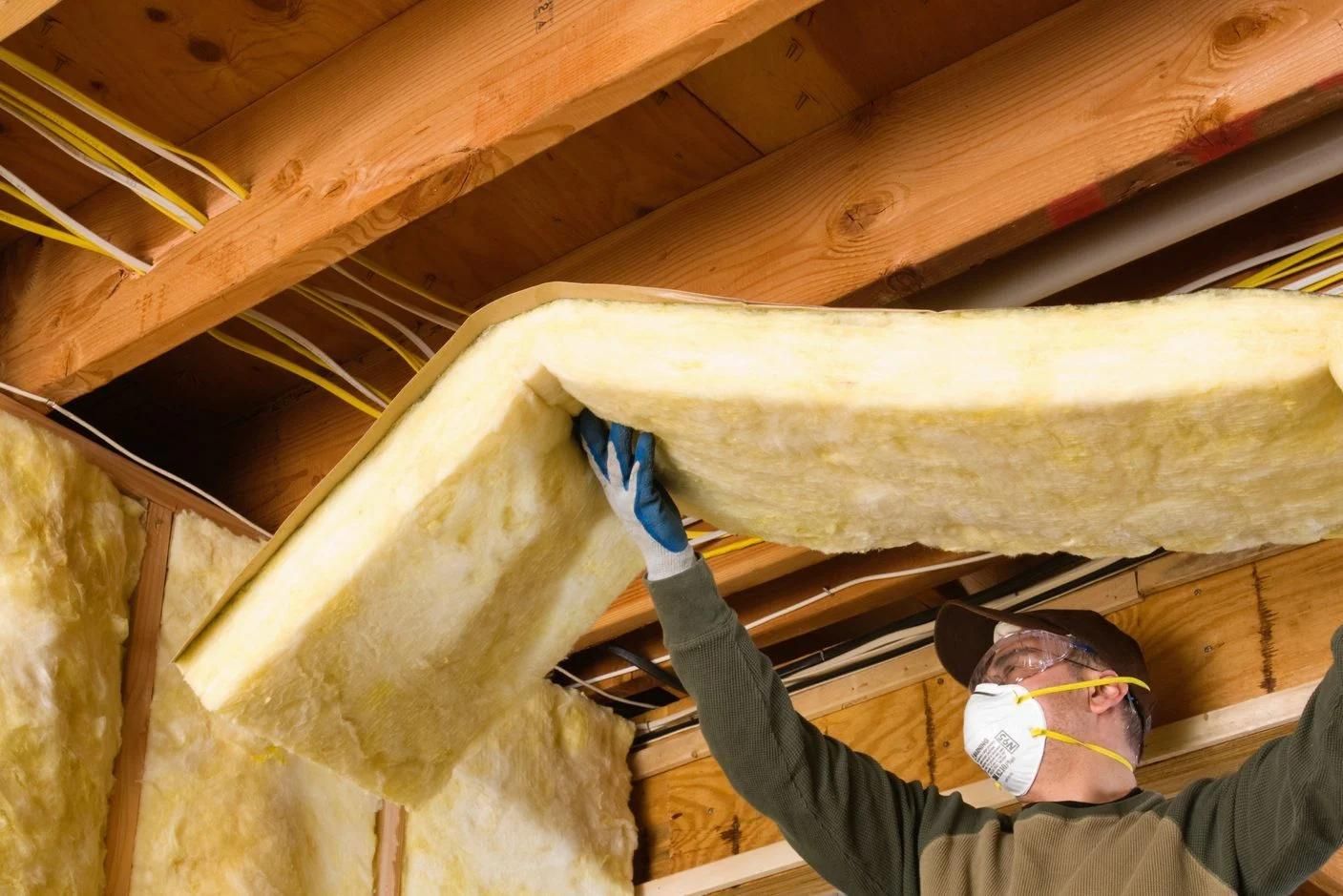

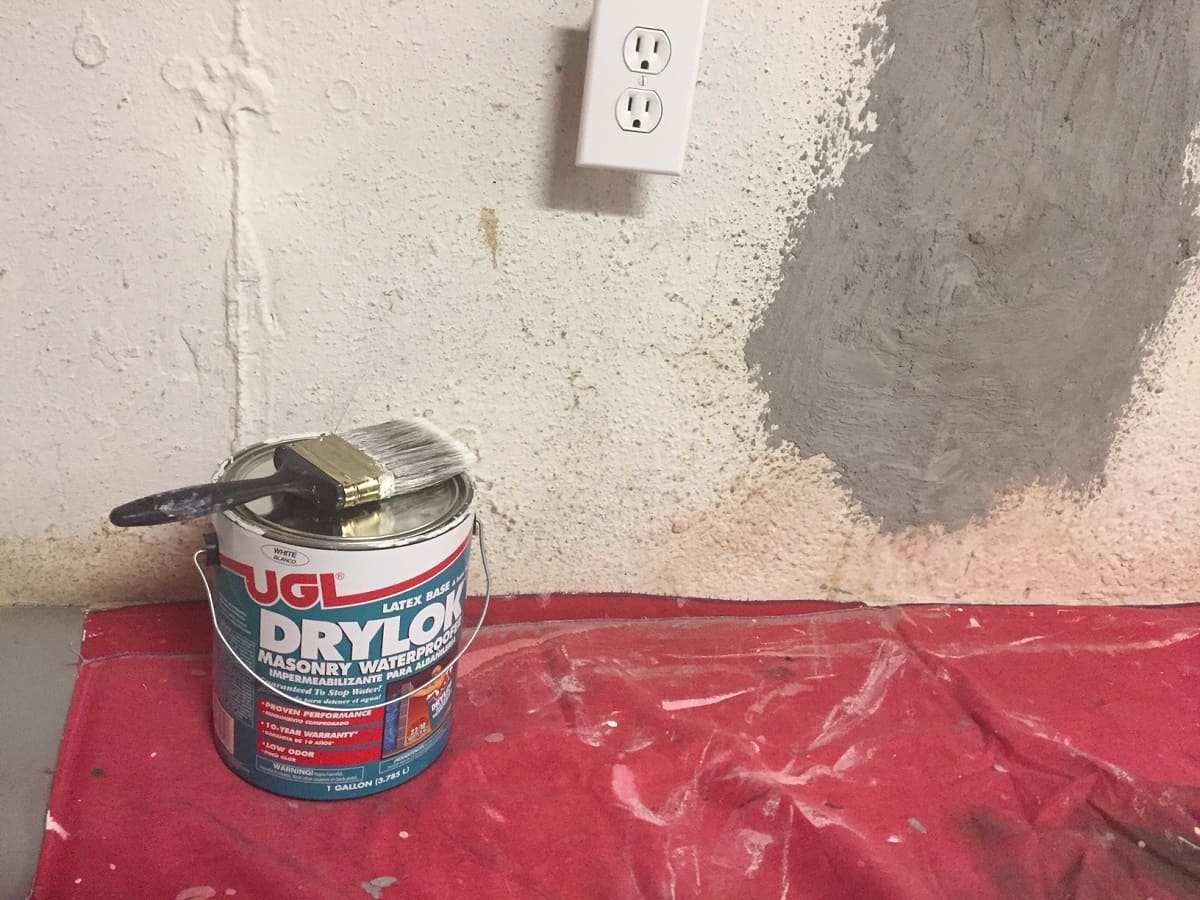
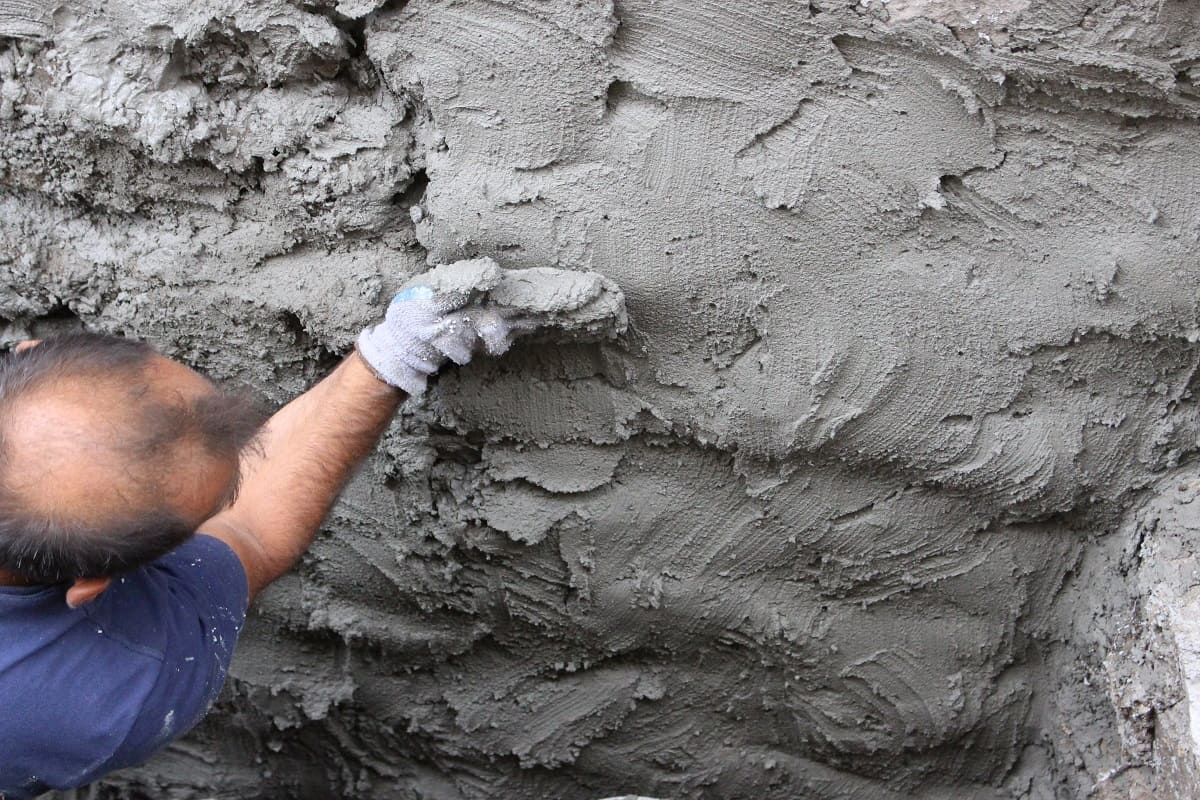
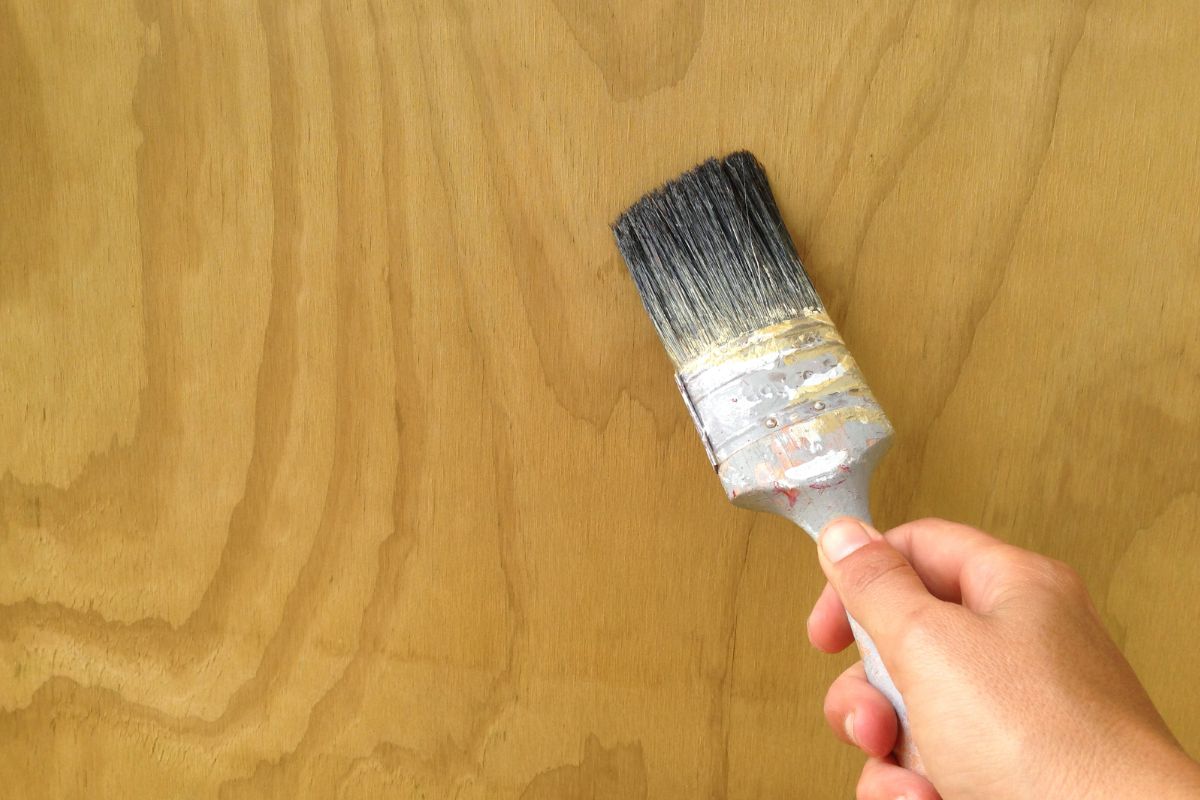

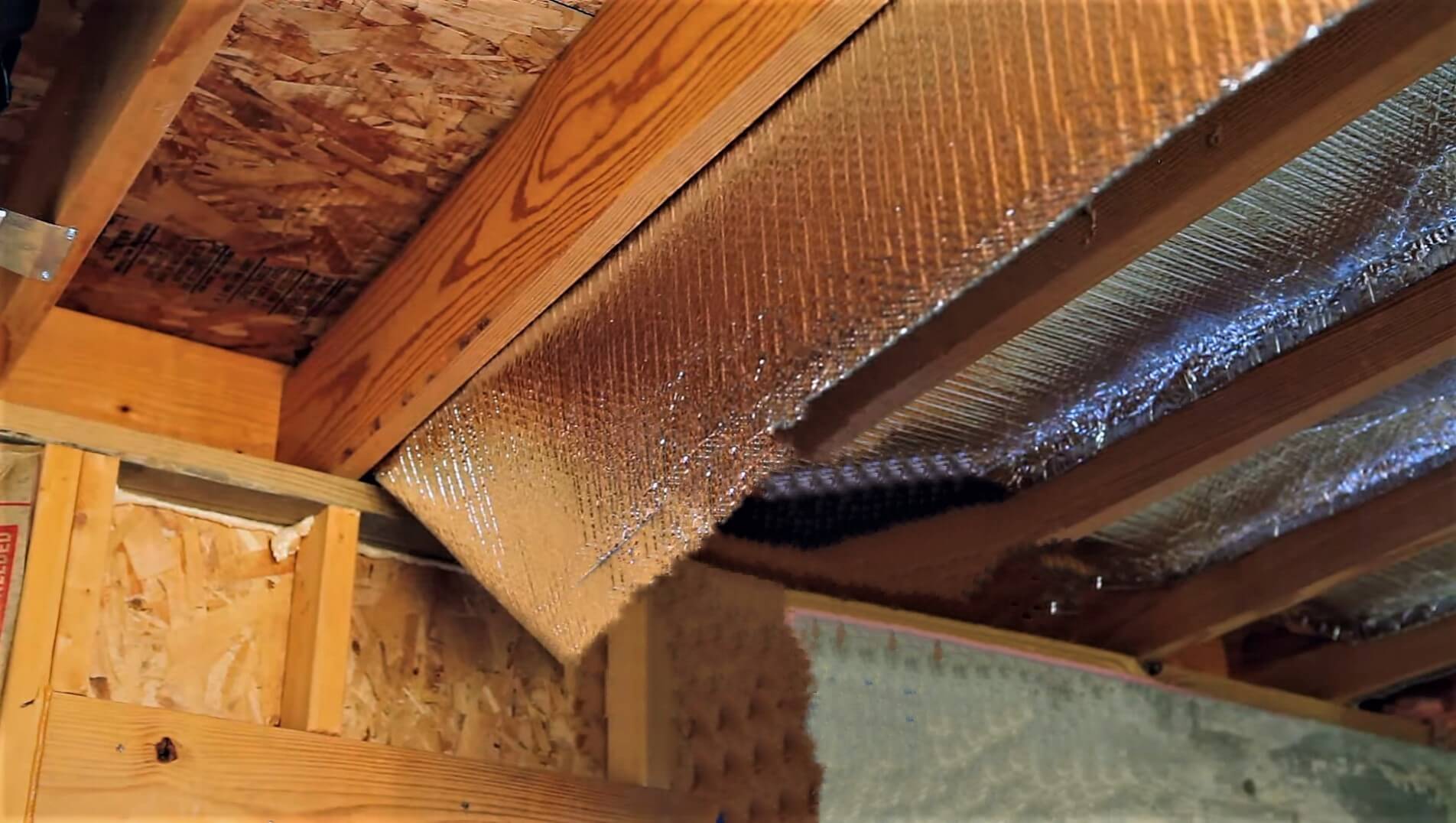
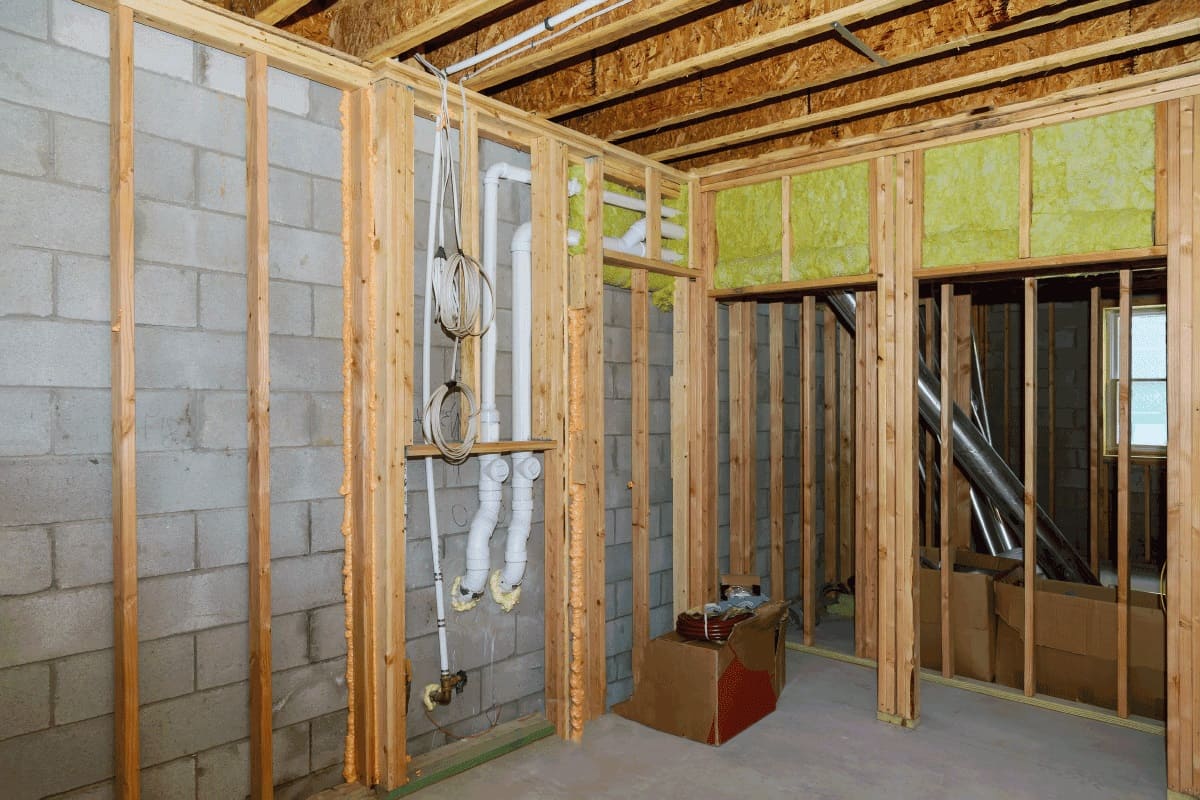
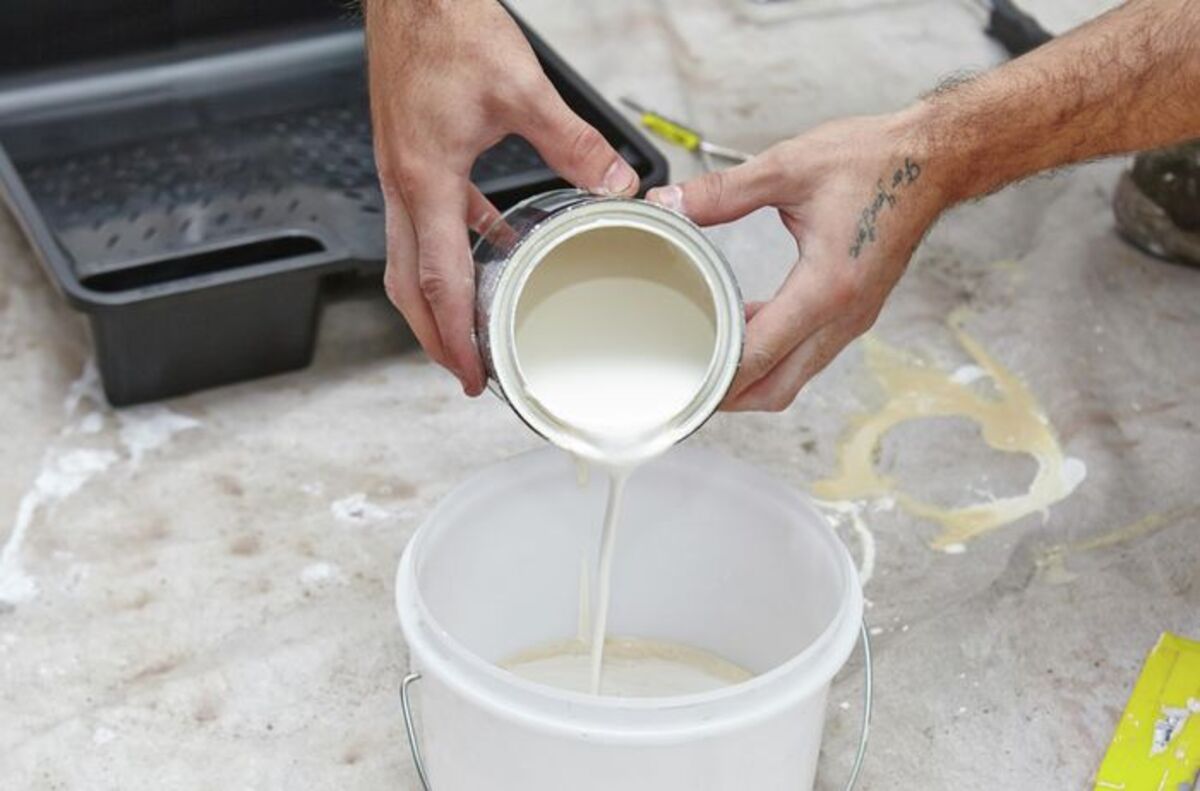
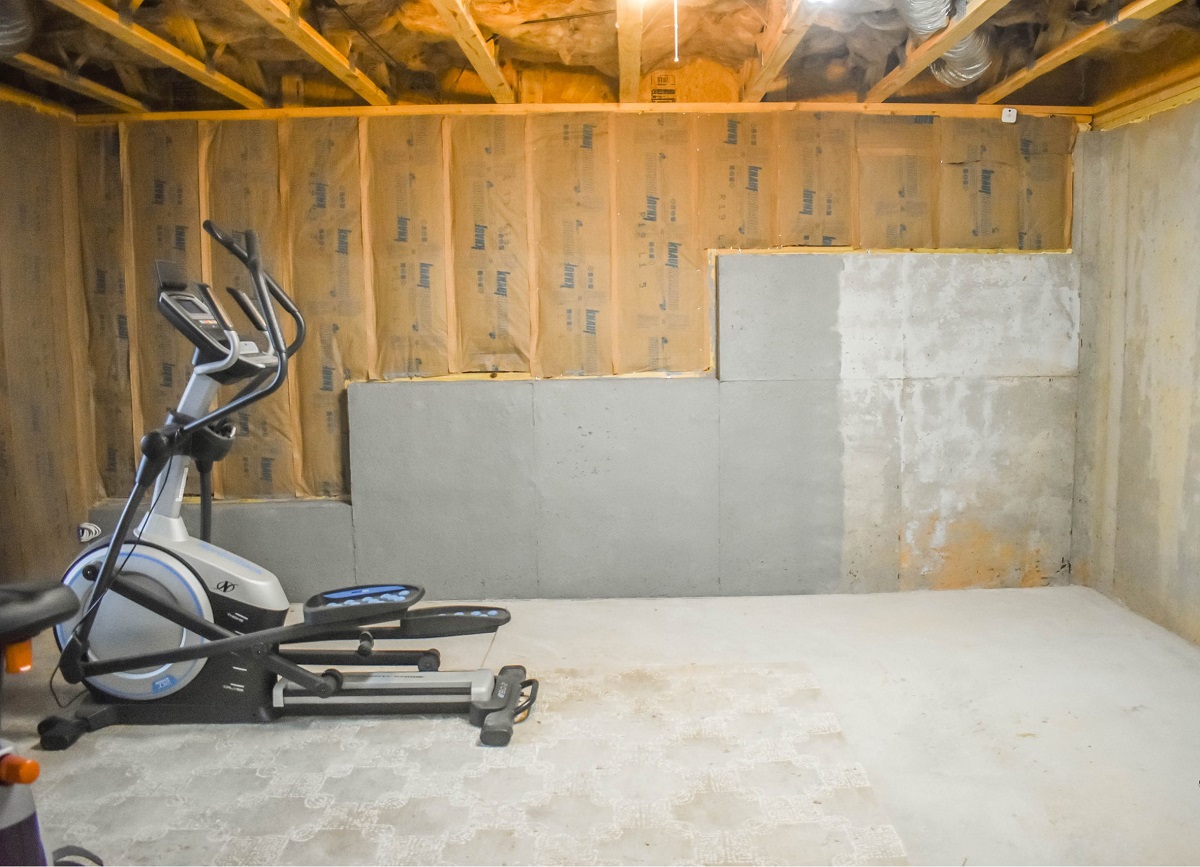

0 thoughts on “What To Use To Seal Basement Walls”